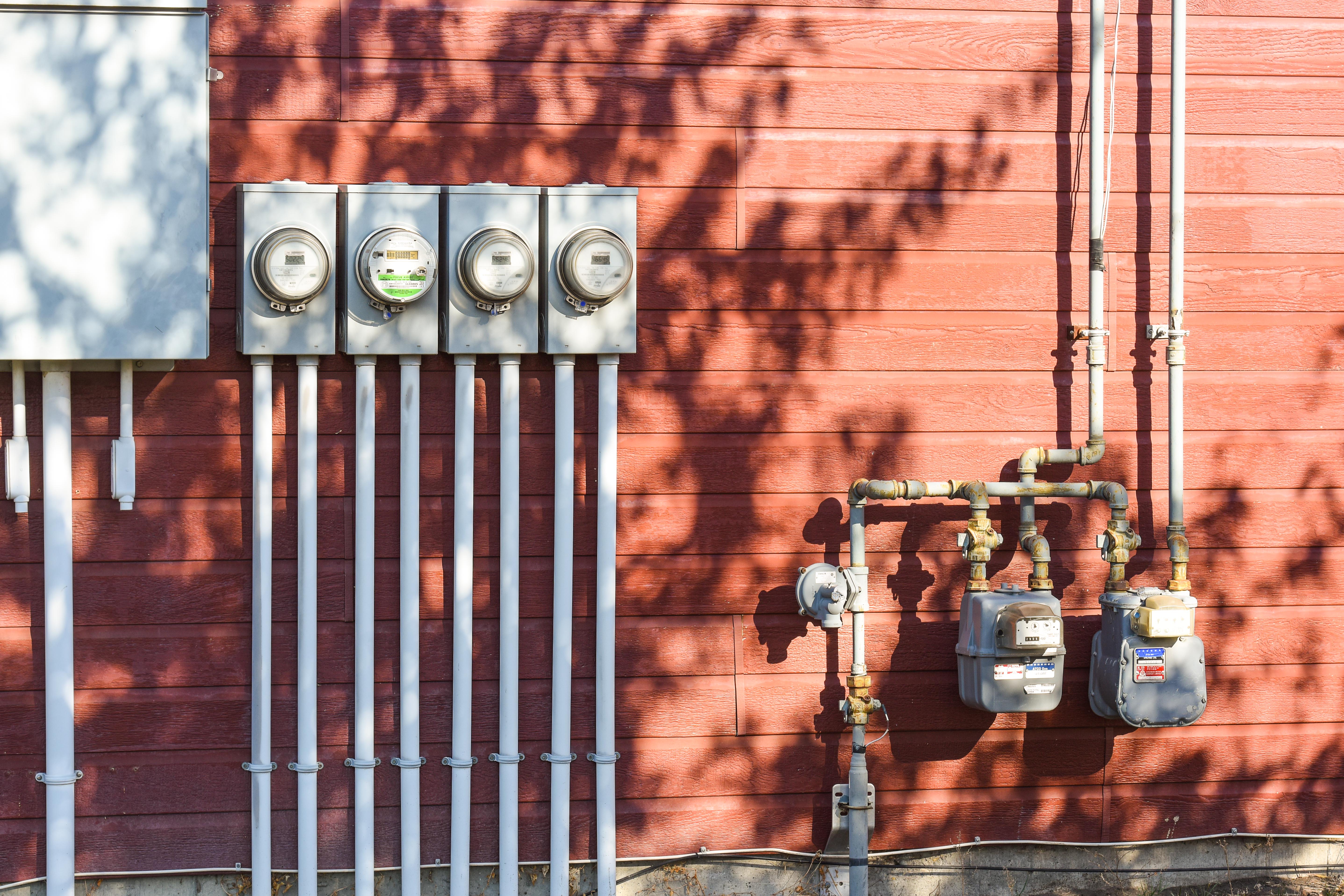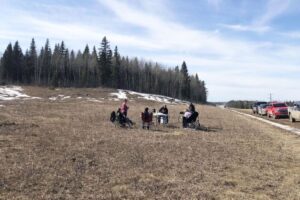
Every year, Whitecourt Town Council looks over the franchise fees charged for delivering electricity and natural gas. In the fall of 2020, Council adopted two five-year plans. One is the Electric Distribution System Franchise Agreement, and the other is the Natural Gas Distribution System Franchise Agreement. Both agreements forecast the annual franchise fee revenue required, for each year of the plan, along with any growth within the municipality, and equal out to the necessary fee.
The electricity contract provides FortisAlberta with the exclusive rights to supply power distribution in Whitecourt. FortisAlberta offers other services as part of the contract, including compensation to the municipality for the company’s usage of municipal rights-of-way and annual reporting on power outages, performance measures, and streetlight failures. The current power franchise fee rate for 2022 is 3.32 percent, the second year in the five-year plan.
“We are expecting to experience a shortfall for 2022 that will see $21,000 less revenue received than has been budgeted,” explained Director of Corporate Services Judy Barney. “Considering that, and along with considering the five-year plan and growth, we are proposing that the new rate increase to 3.91 percent, which will generate revenue of $780,600.” The increase equals fifty cents each month for residents, and non-residential customers will see an average increase of $2.48 per month. As a yearly number, the increase works out to roughly $6.00 for residents and around $30/year for non-residential customers.
On the natural gas side, the agreement is with ATCO Gas. The increase is similar in size to power, with an additional .69 cents per month for residents and the average small non-residential customer seeing an increase of $3.85 per month. Also similar to power is the expected loss in revenue for natural gas in 2022, $20,000. When the fees for power and natural gas are combined, the average resident would see a total increase of $1.19/month, and an average non-residential customer would see an increase of $6.33/month.
When comparing other like-sized municipalities and what they charge, Whitecourt ranks third out of fourteen for having the best overall Cost of Living. Municipal tax rates, levies, and franchise fees for power and gas were used to determine the rank of each community chosen. Top of the list was Hinton, followed by Edson and very closely behind was Whitecourt, with only $240/year separating Hinton and Whitecourt and only thirteen dollars separating Edson from Whitecourt. Communities like Slave Lake, Peace River, Grande Prairie, and Drayton Valley came in anywhere from $150 to $1100 more than Whitecourt when accounting for the yearly fees charged to residents. In all but one category (gas), Whitecourt was well under the average, and the difference still kept the community high on the affordability scale compared to others.
When looking only at the franchise fees for power and gas, Whitecourt bounces a bit. For power, with the new rate of 3.91 percent, Whitecourt sits atop the leaderboard for having the lowest rate of all fourteen municipalities for both residential and non-residential. The following closest communities are Cold Lake at 4.25 percent and Edson at 4.75 percent. The average rate for power amongst the fourteen is 11.32 percent, and Whitecourt falls well under that.
For gas, Whitecourt sits lower on the list. At 27.17 percent, Whitecourt is eleventh, with only a few communities more expensive (Peace River, Wetaskiwin, Rocky Mountain House). The average cost between the fourteen communities is 23.95 percent, a bit under Whitecourt’s rate. However, with lower municipal taxes, and lower power rates, Whitecourt is one of the most affordable communities in the area for annual charges.
As for why the lower revenue in 2022 from both power and gas, Barney explained that it could be weather-related. “We don’t predict it ourselves. It’s coming from the utility providers. They use historical consumption to determine what amount a municipality will likely need in any given year. They look at weather patterns previously also. They figure out what they anticipate that will look like for gas and power. It is based on what they are consuming, and the weather has a lot to do with it.” She said that though the winter started very cold, the warmth might’ve played a role in the expected loss.
Council voted to slightly increase both franchise fee rates to cover the anticipated losses and keep the need to implement more significant increases in future years less likely. When the increases for power and gas are combined, the total change on the average resident’s bill will be $1.19/month.







More Stories
Big dreams lead a talented local youth to Nashville
It’s Youth Week in Whitecourt until Friday
Bowls for Hope, a growing tradition